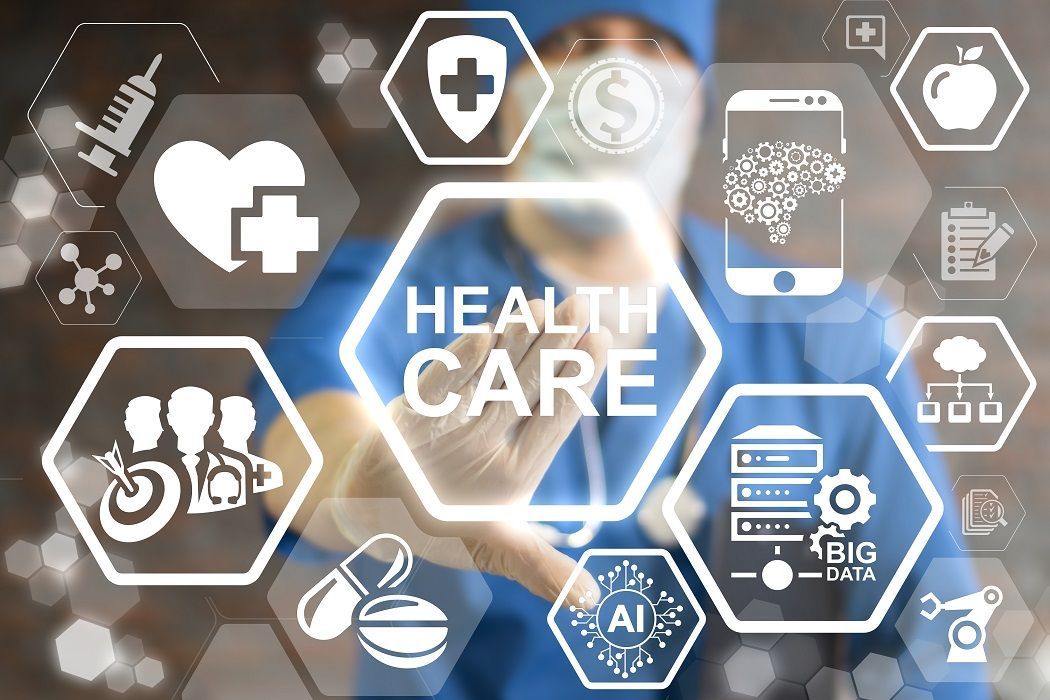Leading Healthcare RCM Techniques for Better Financial Efficiency
Leading Healthcare RCM Techniques for Better Financial Efficiency
Blog Article
A Comprehensive Guide on Just How Health Care RCM Works to Simplify Billing and Collections
Browsing the complexities of health care profits cycle monitoring (RCM) is important for suppliers aiming to improve their payment and collections procedures. The overview unboxes the intricacies of RCM, from person registration to accounts receivable administration, supplying understandings into optimizing each action.
Recognizing Income Cycle Administration
RCM is an important management feature that includes the entire economic process of client treatment, from the first appointment setting to the final settlement of the balance. It is a complicated treatment developed to identify, gather, and take care of the income from the solutions provided to patients.
The RCM procedure begins when an individual schedules an appointment and expands via the client's care trip, including invoicing and collections. An essential goal is to minimize the time between obtaining and supplying a service payment, thus enhancing the organization's financial health and wellness. RCM entails numerous features such as individual registration, insurance verification, charge capture, coding, asserts entry, settlement publishing, and managing appeals and rejections.
Key Components of RCM
In the realm of Profits Cycle Administration (RCM), recognizing its key parts is essential to achieving monetary efficiency within medical care organizations. RCM is a thorough procedure that encompasses different stages, each important to making sure reliable invoicing and collections. The main parts include individual enrollment, insurance coverage verification, fee capture, coding, insurance claim submission, settlement uploading, and receivable management.


When coded, claims are sent to payers, where accuracy is extremely important to stay clear of rejections or hold-ups - Healthcare RCM. Payment uploading involves taping the obtained repayments, which allows for the settlement of accounts. Last but not least, balance dues management concentrates on tracking and resolving unsettled insurance claims, ensuring timely follow-up and resolution
Each element of RCM is adjoined, and inadequacies in any part can interrupt the entire cycle. As a result, understanding these components is vital for healthcare carriers to enhance earnings and improve their financial health.
Strategies for Reliable Payment

Standardizing invoicing procedures across the company is an additional essential method. Establishing clear guidelines for documents, coding, and submission assists preserve uniformity and conformity with governing demands. Educating team routinely on these procedures makes certain every person is current with the most up to date adjustments in invoicing codes and payer policies.
Exact cost capture is vital in avoiding earnings leak. Carrying out routine audits More Info and surveillance systems permits the identification and improvement of inconsistencies before they affect revenue. Additionally, keeping open lines of interaction with payers helps to swiftly resolve any type of disputes or misconceptions that might occur.

Lastly, engaging people early in the invoicing procedure by providing clear quotes and educational materials regarding their economic obligations can considerably minimize confusion and improve settlement timeliness. These methods jointly add to a much more effective and monetarily healthy and balanced payment system.
Enhancing Collections Processes
Provided the complexities of clinical invoicing and the range of payer demands, boosting the collections process entails carrying out critical actions that guarantee timely and precise repayment of services made. Automation devices can assist in tracking insurance claim statuses, sending timely reminders to patients, and handling rejections much more successfully.
Educating staff to recognize the subtleties of insurance plan and invoicing codes is equally crucial. This knowledge encourages them to attend to billing inconsistencies swiftly and interact effectively with people regarding their economic responsibilities. Moreover, clear and clear client communications are crucial. Giving comprehensive descriptions of costs and using adaptable settlement plans can boost client contentment and prompt repayments.
Routine audits of the collections procedure ought to be conducted to determine areas for enhancement and ensure conformity with policies. By evaluating data, health care companies can determine trends, expect possible concerns, and adjust techniques appropriately (Healthcare RCM). Inevitably, a well-enhanced collections procedure not only supports financial health and wellness but additionally contributes to a much more smooth experience for clients and staff alike
Optimizing Profits Streams
Building upon the foundation of a solid collections procedure, health care companies can better reinforce their economic security by tactically enhancing earnings streams. This includes a multi-faceted approach, beginning with a comprehensive analysis of existing earnings sources to identify ineffectiveness and locations for growth. Using sophisticated information analytics devices allows companies to get understandings right into payer mix, patient demographics, and solution utilization patterns, permitting data-driven decisions that improve income capture.
Carrying out automated billing systems can dramatically decrease mistakes and quicken insurance claims processing, ensuring that income is gathered extra efficiently. Furthermore, enhancing payer agreements with normal settlements site web can boost compensation rates and terms, straight affecting the lower line. Branching out service offerings, such this post as incorporating telehealth or health programs, can also bring in a broader patient base, hence enhancing income potential.
Another essential element is boosting patient involvement and complete satisfaction, as satisfied individuals are more probable to stick to therapy strategies and make timely settlements. Providing versatile payment alternatives and clear invoicing techniques can boost collections and foster patient commitment. Healthcare RCM. By adopting these techniques, health care companies can develop a much more resilient economic framework, making sure sustained development and stability in an ever-changing sector landscape
Conclusion
To conclude, medical care Revenue Cycle Monitoring (RCM) plays an essential function in enhancing payment and collections processes by integrating essential elements such as individual enrollment, insurance policy confirmation, charge capture, coding, claims entry, and accounts receivable monitoring. By using sophisticated modern technology, standardizing procedures, and fostering person interaction, doctor can dramatically decrease insurance claim denials, speed up payment cycles, and improve money flow. This detailed method to RCM eventually causes improved economic performance and sustainability for health care organizations.
The RCM procedure begins when a client schedules a visit and prolongs via the individual's care journey, consisting of payment and collections.An additional essential component is improving person involvement and complete satisfaction, as completely satisfied clients are extra likely to adhere to treatment plans and make timely repayments. Using versatile payment options and transparent payment practices can enhance collections and foster client commitment.In final thought, medical care Earnings Cycle Monitoring (RCM) plays a vital role in maximizing billing and collections processes by integrating crucial parts such as client registration, insurance policy confirmation, fee capture, coding, asserts entry, and accounts receivable monitoring. By utilizing advanced modern technology, systematizing procedures, and promoting client interaction, medical care companies can substantially reduce case denials, speed up repayment cycles, and enhance cash money circulation.
Report this page